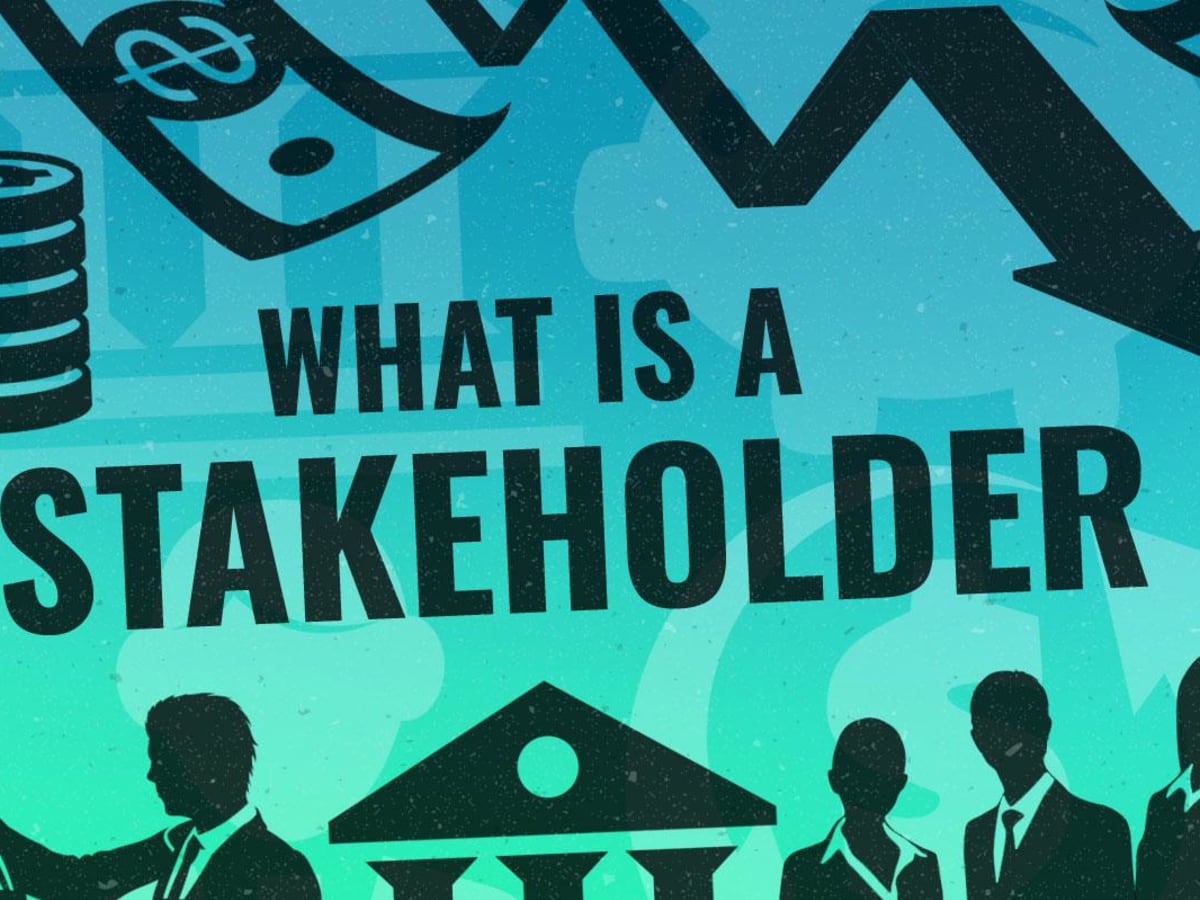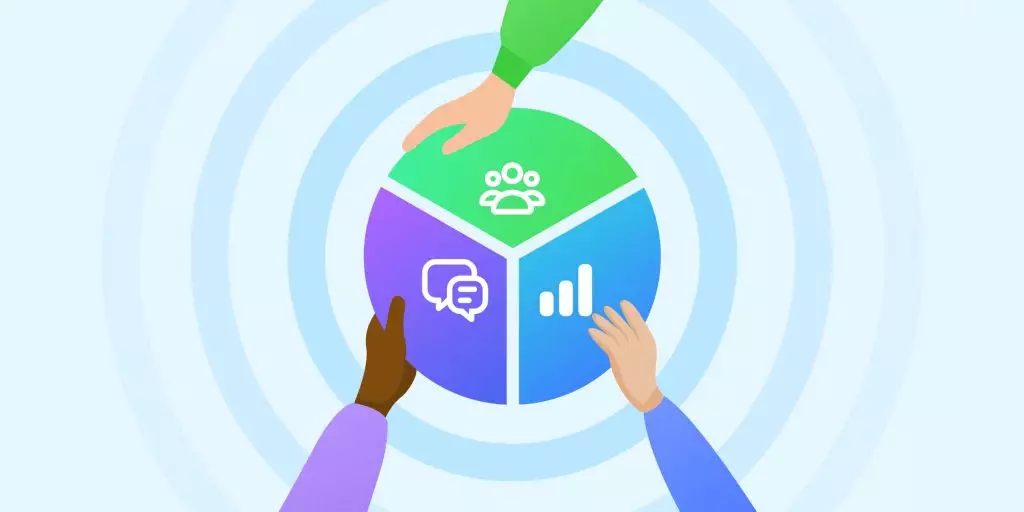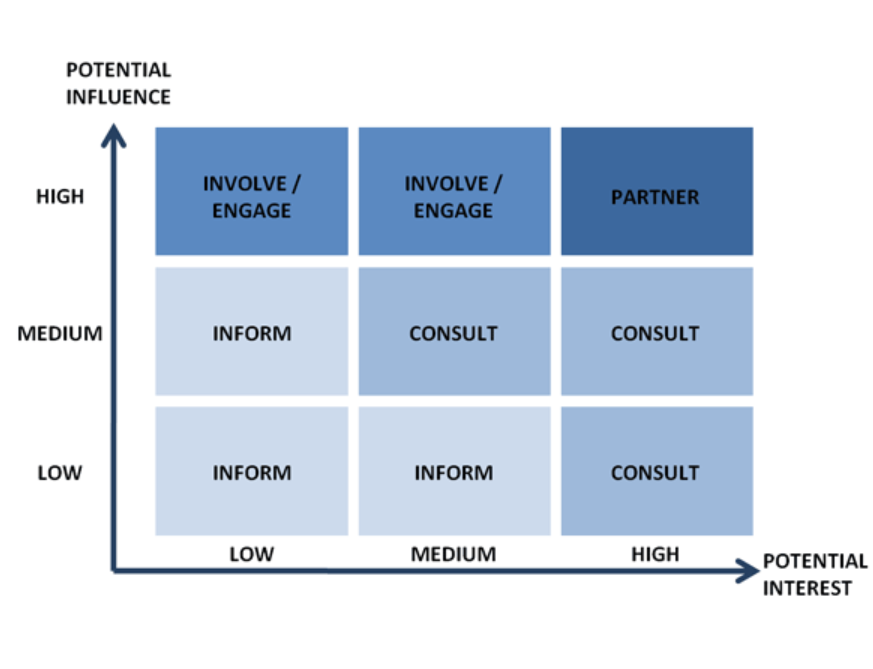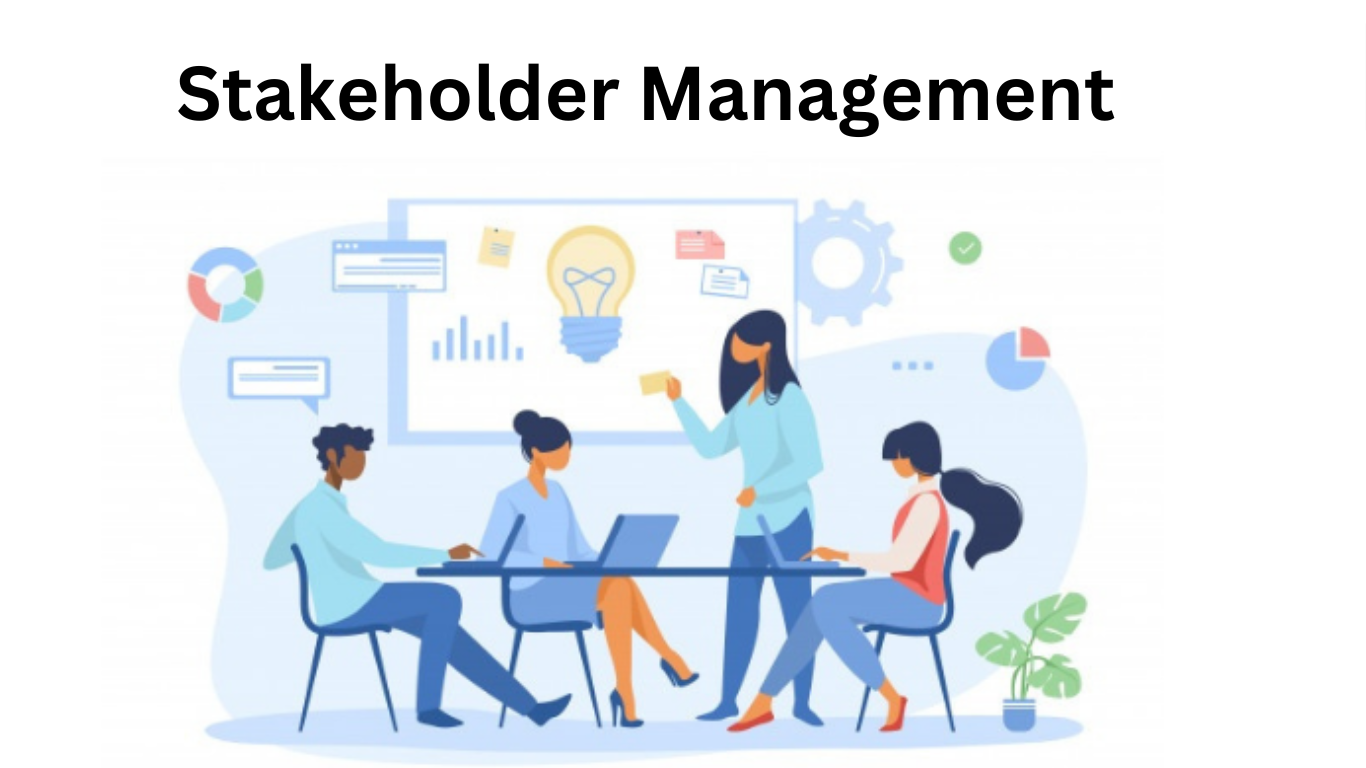Mastering Stakeholder Management: A Guide with Real-Life Examples
Have you ever come across the term ‘stakeholder’? If this term seems intriguing then you are on the right page. We will help you to fully stop all your curiosity in a go. If you are thinking who exactly are these stakeholders? Well, it’s not a one-size-fits-all answer but a wide concept to explore.
However, stakeholders are individuals or groups with a vested interest in your business. They could be anyone from investors eyeing your financial performance to customers who are directly impacted by your products or services. Seems important for you. Right? So, let’s roll up our sleeves and delve into some examples of stakeholders to help you better understand this crucial element of business strategy.
What is a Stakeholder?

Stakeholders are central to your business’s ecosystem. They’re the individuals or groups that have a vested interest in your organization who either affect or are affected by your company’s actions. Their impact can be significant, influencing your operational and financial decisions.
Who Are Stakeholders in a Project?
When taking on a new project, you need to identify the individuals or groups who have some form of investment or interest in it. These are your Stakeholders. Let’s delve a bit deeper into the different types of stakeholders to give your project the highest chance of success.
Primary Stakeholders
Your primary stakeholders have the greatest level of interest in the project’s outcome. They are the direct beneficiaries of the project’s success. Examples of primary stakeholders include project supervisors, the owner of the organization, or employees who carry out managerial, supervisory, or other functions.
| Stakeholder | Stakeholder Type | Stakeholder Tier | Stakeholder Influence
|
|---|---|---|---|
| Project Supervisor | Internal | Primary | Direct |
| Organization owner | Internal | Primary | Direct |
| Employee | Internal | Primary | Direct |
Secondary Stakeholders
Secondary stakeholders may not necessarily be involved directly with the project but it impacts them indirectly. Suppliers, creditors, and trade unions fall into this category. They might have a financial or safety interest in your operations.
| Stakeholder | Stakeholder Type | Stakeholder Tier | Stakeholder Influence
|
|---|---|---|---|
| Supplier | External | Secondary | Indirect |
| Creditor | External | Secondary | Indirect |
| Trade Union | External | Secondary | Indirect |
Internal Stakeholders
Internal stakeholders are those within the organization who are affected by its activities. They include project managers, employees, or the owners of an organization.
| Stakeholder | Stakeholder Type | Stakeholder Tier | Stakeholder Influence
|
|---|---|---|---|
| Project Manager | Internal | Primary | Direct |
| Employee | Internal | Primary | Direct |
| Owner of the organization | Internal | Primary | Direct |
External Stakeholders
On the other hand, External Stakeholders are those outside of the organization who are also affected by its activities. Examples of external stakeholders include creditors, community, government agencies, trade unions, and suppliers.
| Stakeholder | Stakeholder Type | Stakeholder Tier | Stakeholder Influence
|
|---|---|---|---|
| Creditor | External | Secondary | Indirect |
| Community | External | Secondary | Indirect |
| Government Agency | External | Secondary | Indirect |
| Trade Union | External | Secondary | Indirect |
| Supplier | External | Secondary | Indirect |
Direct Stakeholders
Direct stakeholders have a direct relationship with the project. They’re involved in the day-to-day activities and have a direct stake in the outcome. An organization owner, for instance, can exert influence over business operations or employees who interact directly with customers.
| Stakeholder | Stakeholder Type | Stakeholder Tier | Stakeholder Influence
|
|---|---|---|---|
| Organization owner | Internal | Primary | Direct |
| Employee | Internal | Primary | Direct |
Indirect Stakeholders
Unlike direct stakeholders, indirect stakeholders don’t interact with the project regularly or even at all. However, they are still affected by the project in some way. Suppliers, who rely on your business for revenue or communities impacted by your operations, are reasonable examples of indirect stakeholders.
| Stakeholder | Stakeholder Type | Stakeholder Tier | Stakeholder Influence
|
|---|---|---|---|
| Supplier | External | Secondary | Indirect |
| Community | External | Secondary | Indirect |
Once you’ve established who your stakeholders are, remember to keep them informed and engaged. Keeping your stakeholders happy could vastly improve the success rate of your project.
How To Do a Stakeholder Analysis?

Executing a thorough stakeholder analysis is a crucial step in project management. As you navigate through this process, you’ll identify critical stakeholders, assess their level of influence, and understand their interests. Let’s break it down into three actionable steps: identifying your stakeholders, prioritizing them, and understanding them.
1. Identify Your Stakeholders
The first step is identifying your stakeholders. These could be anyone with an interest in your project or can be influenced by its outcome. Your stakeholders might be internally within your organization or externally in the wider community. You’ll already find some of these stakeholders listed in your project charter. Remember, stakeholders can come into play at different stages of the project lifecycle.
Stakeholders usually include a wide array of individuals and groups, such as employees, suppliers, investors, boards of directors, community members, organizations, and government entities. Drawing on your project documents, like your project charter or project plans, can aid in composing a comprehensive list of these stakeholders.
2. Prioritize Your Stakeholders
Once you’ve identified your stakeholders, it’s important to prioritize them. This doesn’t mean downplaying the significance of any stakeholders but rather understanding who holds the highest influence at any given time. This perspective aids you in resource allocation so you can direct your attention to key decision-makers and parties of major significance when needed.
To assess the importance of each stakeholder, weigh their influence on the project against their interest in it. Those with a high level of both are your primary stakeholders. Examples in this tier often include project supervisors and organization owners. Category two would include secondary stakeholders; these are entities indirectly impacted in some way by your project, such as suppliers and trade unions.
3. Understand Your Stakeholders
Finally, strive to understand your stakeholders. This phase is about recognizing their motives, interests, and overall expectations concerning the project. Proactively understanding the unique interests and values of your stakeholders will pave the way toward a more effective project management process. This is likely to include both internal and external stakeholders examples.
A primary tool to utilize in this stage is a stakeholder analysis. This process assists in evaluating the demands, influence, and concerns of stakeholders. The result of this appraisal can lead to balanced business decisions and cultivate positive relationships between the organization and its stakeholders.
Tips to Manage Project Stakeholders

Effective stakeholder management is central to successful project execution. It’s crucial to understand what your stakeholders need, foster open communication, and provide them with insight into projects. Below, you’ll find some practical strategies to manage your stakeholders, from examples of stakeholders like project managers, team members, and senior management to internal and external stakeholders examples like vendors, consultants, and customers.
1. Document Each Stakeholder’s Roles and Needs
When dealing with stakeholders’ examples, like project executives or team members, it’s essential to document their exact roles and stakes in the project. A stakeholder analysis template is an invaluable tool for this process. This template enables you to list stakeholders along with their level of influence, preferred method of communication, and other relevant information about them.
Documenting stakeholder information removes the guesswork from the stakeholder management process and ensures you meet each stakeholder’s individual needs – satisfying financier expectations differs from those of frontline team members.
2. Communicate with Your Stakeholders
Among the available tools of communication, one stands out as being useful for managing stakeholders: Teamwork Chat. This platform offers you an efficient way to organize one-on-one and group discussions. It fosters a productive dialogue and helps maintain open communication.
Communicating regularly ensures your stakeholders stay in the loop. Automated newsletters, email blasts, or project management software custom dashboards could be useful. Remember to tailor any communications to suit each stakeholder – secondary stakeholders examples like suppliers and vendors may need distinct information from, say, team members.
3. Give Project Stakeholders Visibility Over What Matters to Them
Stakeholders, as shown in many internal and external stakeholders examples, want to be actively involved – not just kept in the loop. You need to give them access to pertinent project information. Descriptive and timely status reports can be beneficial here.
Use transparency as a strategy to build stakeholder trust. Show them where the project stands, let them know about any challenges and how you’re tackling them. Offer them the visibility they need, and they will feel valued anew. Now, isn’t that a fantastic foundation for a stakeholder-friendly project management environment?
Conclusion
Effective stakeholder management can make a huge difference in your project execution. In the above guide, we have discussed tools like a stakeholder analysis template and Teamwork Chat can streamline communication and provide transparency. Trust-building and active involvement are key to creating a stakeholder-friendly environment. However, success lies in understanding your stakeholders’ roles and needs, maintaining open lines of communication, and giving stakeholders a clear view of project progress.
Frequently Asked Questions
Q1. Who is the most influential stakeholder, and why?
Customers are pivotal stakeholders since their purchase behavior directly impacts a company’s success. They contribute in divergent ways, such as providing feedback that can enhance product quality or service standards.
Q2. What categories do stakeholders fall into?
Stakeholders can be categorized as either internal or external. The influence of the organization’s decisions on these stakeholders is crucial as it affords them the capacity to shift business operation priorities.
Q3. Who are the six primary stakeholders in a firm?
Major stakeholders typically encompass investors, employees, customers, and suppliers. The rise in corporate social responsibility has broadened this also to include communities, governments, and trade associations.
Q4. Which stakeholders are most important?
In general, stakeholders can be grouped into three priority tiers. The top tier comprises employees, customers, and investors whose presence is critical for business operations. Secondary stakeholders may include suppliers, community organizations, and media influencers.
Q5. Which group can qualify as a stakeholder?
Suppliers, due to their role in fulfilling industrial and individual needs, can be categorized as stakeholders. Furthermore, they serve communities where company employees reside.

Leave a Reply